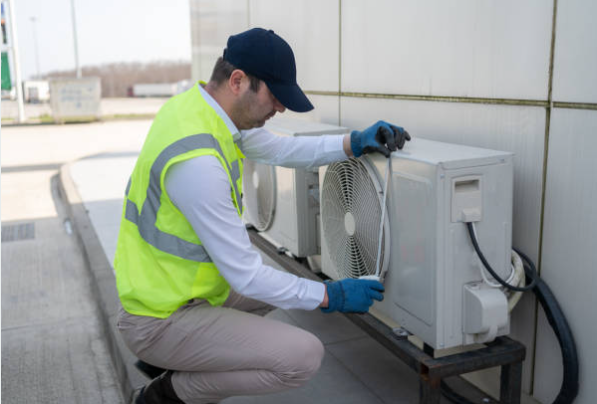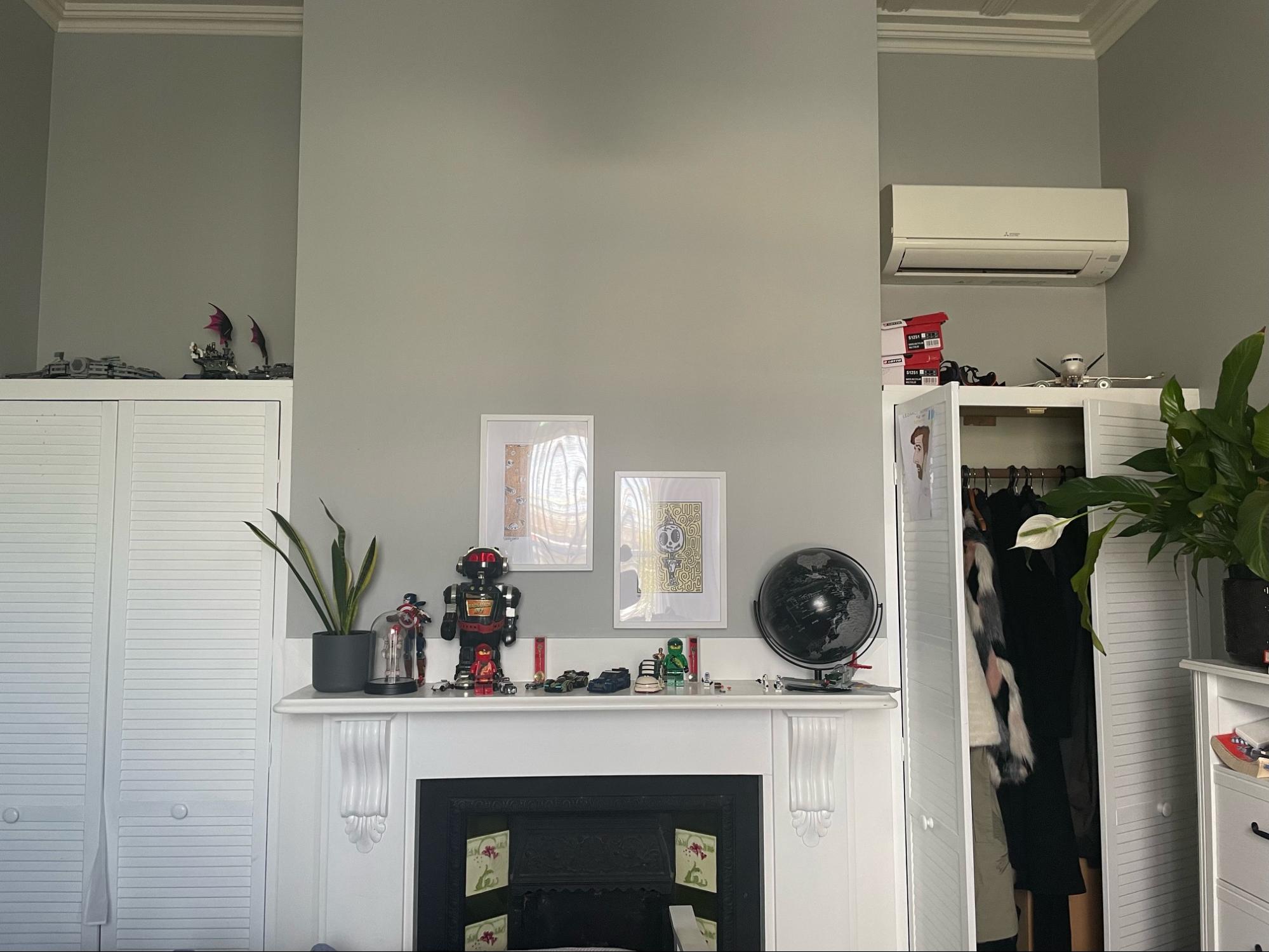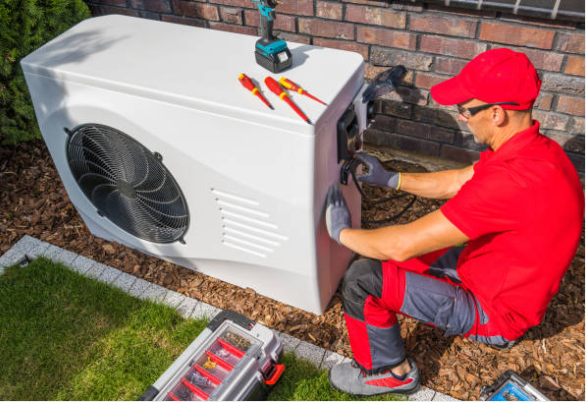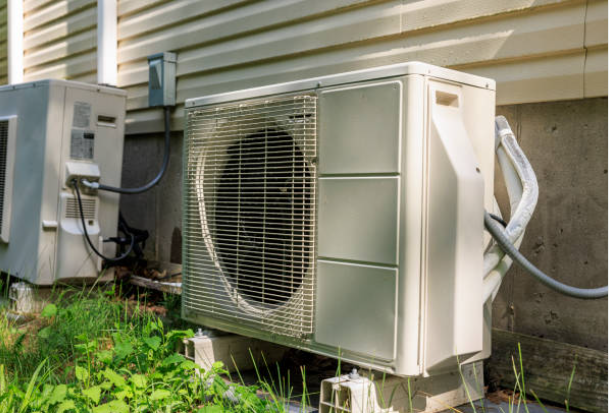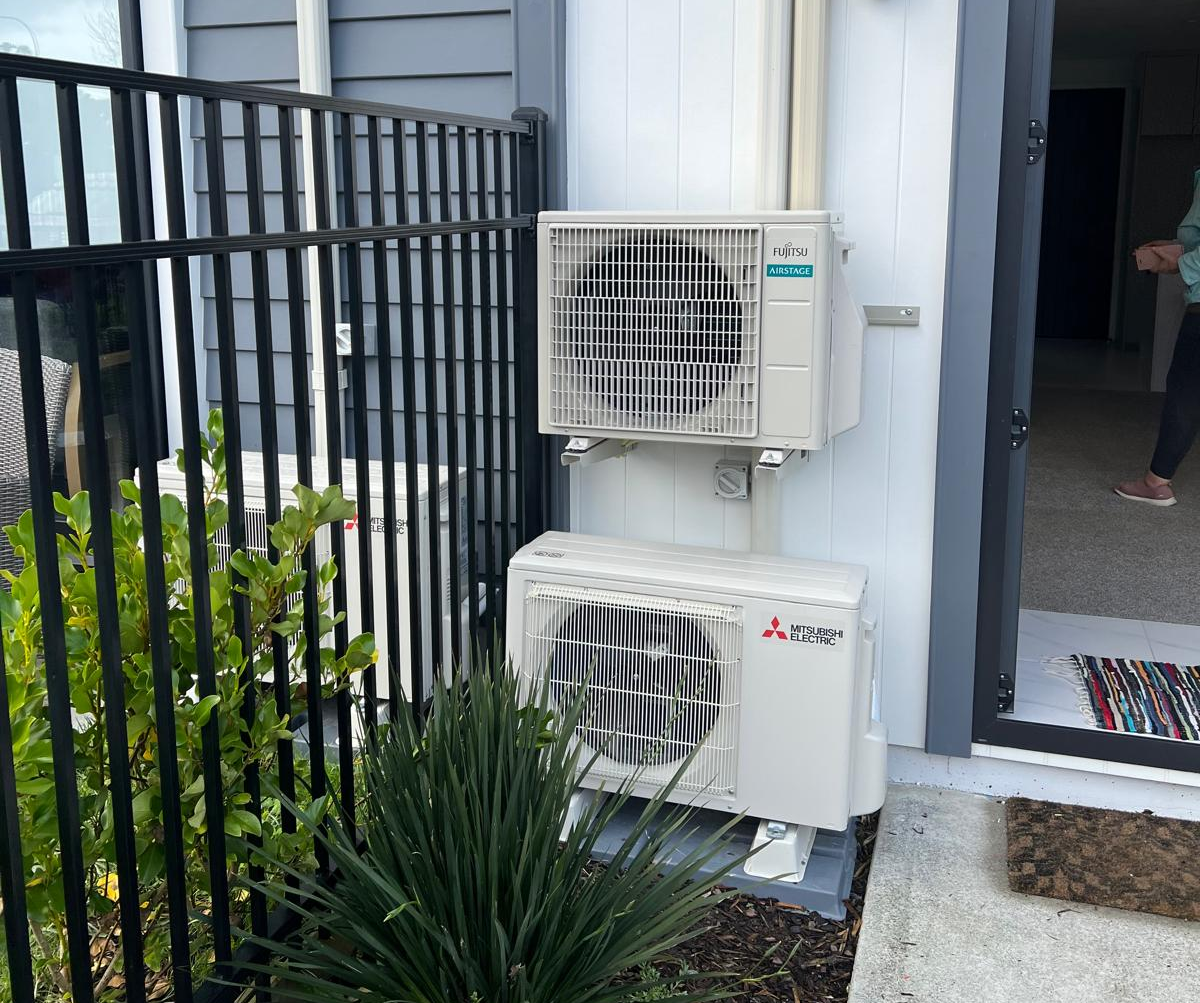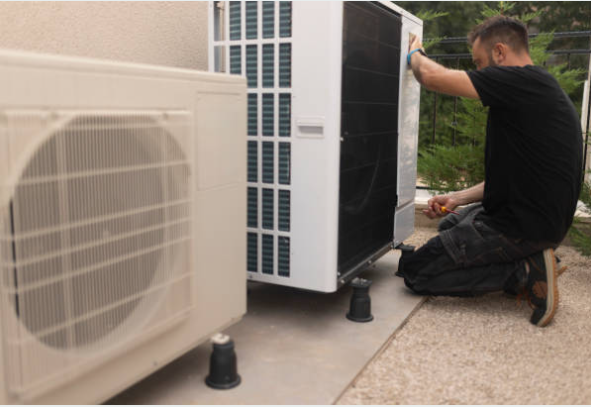You may have heard the term “re-gas” or seen signs for companies offering this service for heat pumps – but what does it mean to “re-gas”?
 Your heat pump has one primary job – to keep you and your home comfortable. If your heat pump doesn’t do this and it is appropriately sized and been installed correctly, then something is wrong.
Your heat pump has one primary job – to keep you and your home comfortable. If your heat pump doesn’t do this and it is appropriately sized and been installed correctly, then something is wrong.
Everyone knows that any electronic device within your home needs to be maintained. You may be aware that your heat pump needs to have the filters changed, it must be kept clean, it should have a smart thermostat etc for optimal performance. But one thing that is not usually mentioned at installation is the fact that at times your heat pump may also need to be “re-gassed”. This is usually required if your system has malfunctioned or has been damaged
The term “re-gas” or “re-gassing” should really be referred to as “ re-filling” because that is what actually happens. The basic workings of your heat pump requires a refrigerant to pull the heat out of the air around the unit. After the heat has been transferred it goes into the compressor. However, if the refrigerant (gas) is low or empty then the process of transferring the heat cannot happen. “Re-gassing” simply refers to making sure the refrigerant levels in your heat pump are at the correct level.
This is not a process that the average home owner can perform themselves. It is highly recommended to have a professional perform this maintenance. If the process is not completed properly it can put both you and your family and your system in jeopardy.
If this information starts to cause you worry – there is no need. Your heat pump system is built to not lose refrigerant. In fact, the refrigerant should last longer than your system.
So what is all the fuss about “re-gassing”? The need to “re-gas” a heat pump is, in most cases, because there has been a leak. Most people would be completely unaware that a leak was or had been happening. So how can you tell if you need to “re-gas” your heat pump?
 One of the first signs you have had a leak is when you turn your heat pump on and the vents can only blow room temperature air. Although running out of refrigerant is the most common reason for this, there are some other problems that can cause this as well – such as a broken thermostat. What you will find is that the temperature you feel coming from the vents will gradually cool over time. In other words, it won’t go from hot air to room temperature straight away – instead, it will slowly cool in temperature as it runs out of refrigerant.
One of the first signs you have had a leak is when you turn your heat pump on and the vents can only blow room temperature air. Although running out of refrigerant is the most common reason for this, there are some other problems that can cause this as well – such as a broken thermostat. What you will find is that the temperature you feel coming from the vents will gradually cool over time. In other words, it won’t go from hot air to room temperature straight away – instead, it will slowly cool in temperature as it runs out of refrigerant.
If you are living in the lower North Island or South Island where frosts, ice and snow are common in winter, then one of the signs of a leaking unit is the build-up of frost or ice on the outside unit.
Your regular maintenance plan can find leaks. Investing in a well reputed HVAC technician will give you the peace of mind that they will be able to detect any leaks and repair and re-gas your system if necessary.
Leaks are often caused by damage to the unit. If you have an older unit, it may have been poorly manufactured in which case a replacement could in fact be a viable option for you and the best option. If your unit is brand new or nearly new and you have a leak, then you should call your manufacturer and inform them that you would like a replacement as the product is faulty.
Re-gassing a heat pump is not a cheap exercise. However, with a regular maintenance schedule any issues can be picked up before they become too big. In some cases, it will be cheaper to replace your heat pump with a new model than to have your system re-gassed. However, this does depend on whether your leak is small or large.
Re-gassing is the better option if the leak is small. It may be more affordable to recharge the system at the start of the season during your maintenance visit every year than to replace the unit. The leak may also be easily repaired by soldering the hole and refilling the refrigerant.







